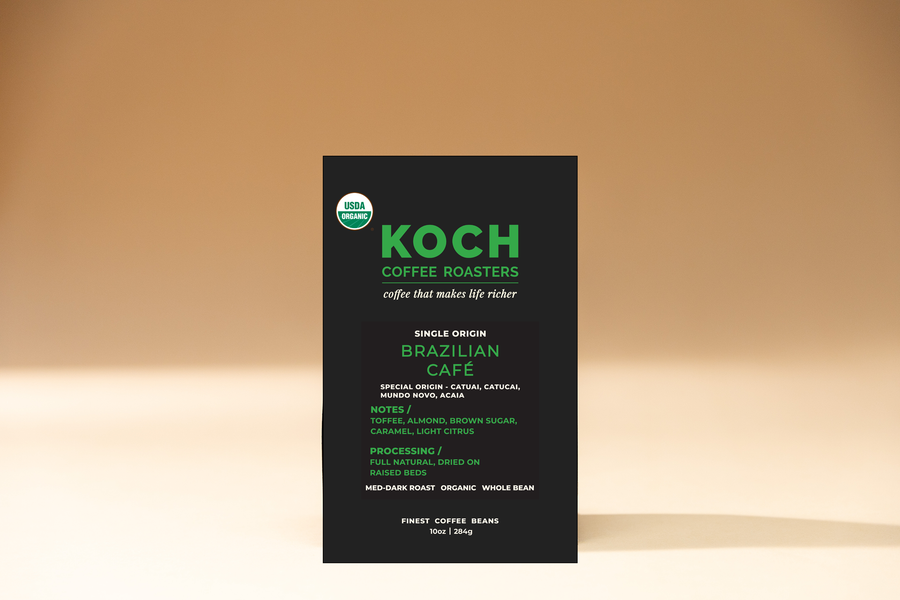From Bean to Brew: The Journey of Coffee from Farm to Cup
Coffee, one of the world's most beloved beverages, has a fascinating journey from seed to cup. Understanding how coffee is grown provides insight into the labor-intensive process and the care involved in producing that perfect cup of coffee. In this blog post, we'll take a closer look at the stages of coffee cultivation, highlighting the key steps involved in growing coffee beans and bringing them to your morning mug.
1. Planting and Cultivation:
Coffee cultivation begins with the planting of coffee seeds or seedlings. The ideal conditions for growing coffee include a tropical climate, altitudes ranging from 600 to 2,000 meters, ample rainfall, and well-drained soil. Coffee plants thrive in regions near the equator, often referred to as the "coffee belt." Once planted, it takes approximately three to five years for coffee plants to mature and produce their first crop.
2. Flowering and Cherry Development:

As coffee plants mature, they produce white, fragrant flowers known as coffee blossoms. These flowers are short-lived, typically lasting only a few days. After pollination, the flowers transform into small green fruits called coffee cherries. It takes several months for the cherries to ripen, transitioning from green to yellow, and finally to a deep red color, indicating they are ready for harvesting.
3. Harvesting:

Coffee cherries are harvested through one of two methods: selective picking or strip picking. Selective picking involves hand-selecting only the ripe cherries, ensuring the highest quality beans. Strip picking involves stripping all the cherries from a branch, regardless of their ripeness. Selective picking is the preferred method for specialty coffees, as it allows for optimal flavor development.
4. Processing:

After harvesting, the coffee cherries undergo processing to separate the beans from the fruit. The two main processing methods are the dry method and the wet method. In the dry method, the cherries are spread out to dry in the sun, and the dried fruit is then removed to reveal the coffee beans. The wet method involves pulping the cherries to remove the outer skin and fermenting the beans to remove the remaining fruit before drying.
5. Sorting and Roasting:

Once the beans are dried, they are sorted and graded based on their size, shape, and quality. This step ensures that only the best beans make it to the next stage: roasting. Roasting transforms the green coffee beans into the aromatic, flavorful beans we recognize. At Koch Coffee, roasters carefully control temperature and roasting time to bring out the perfect flavors and aromas.
6. Brewing and Enjoyment:

After the roasting process, coffee beans are ready for grinding and brewing. Whether you prefer a pour over coffee (see our step by step pour over guide), a French press, or an espresso machine, the final step is in your hands. By controlling variables such as water temperature, brewing time, and coffee-to-water ratio, you can create your perfect cup of coffee.
Understanding how coffee is grown provides a deeper appreciation for the effort and expertise involved in producing the beverage we love. From planting and cultivation to harvesting, processing, roasting, and finally brewing, each step in the coffee production process contributes to the unique flavors and aromas we enjoy. So, the next time you savor a cup of coffee, take a moment to reflect on the journey it has taken from the coffee farm to your mug, and savor the flavors that result from the dedication of coffee farmers around the world.



Leave a comment